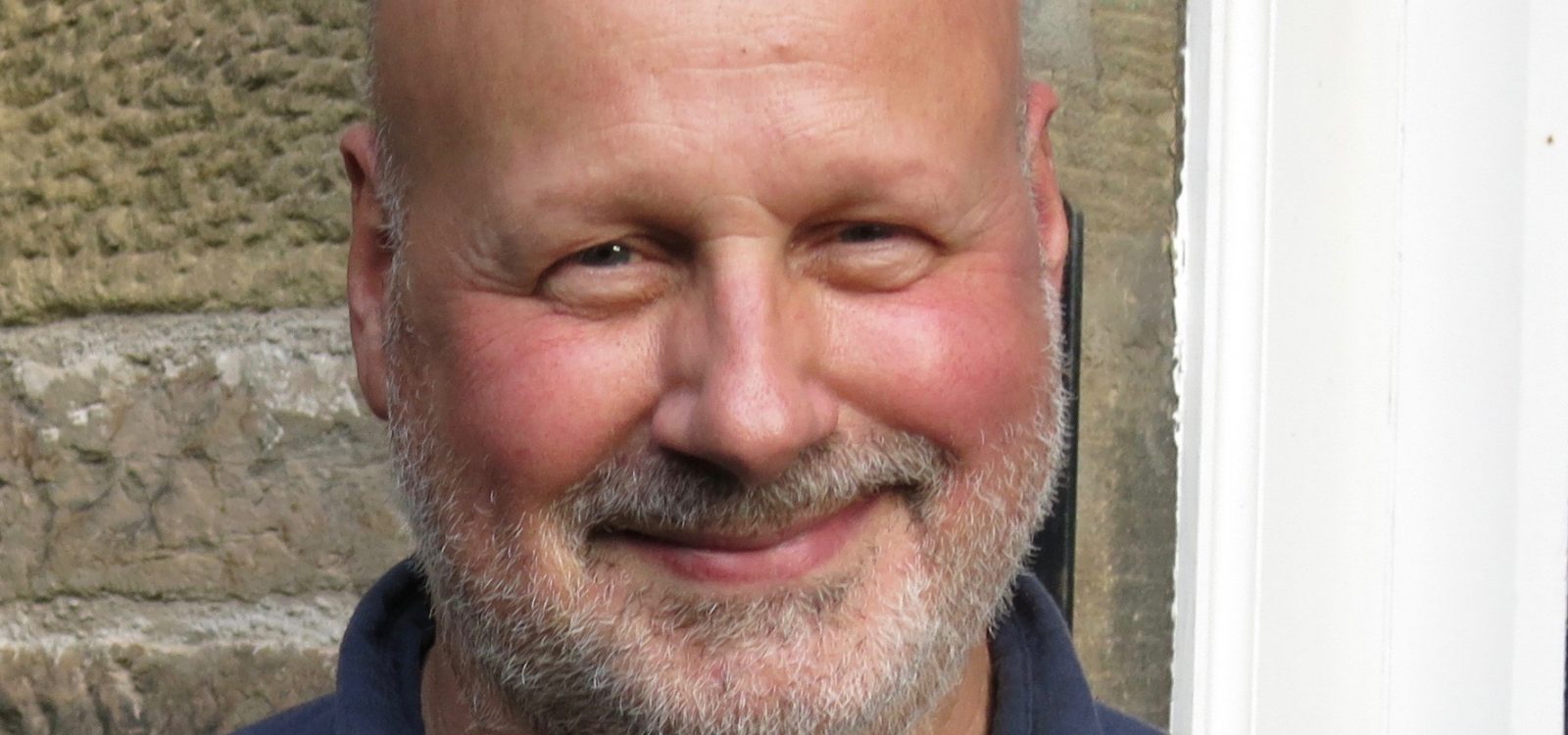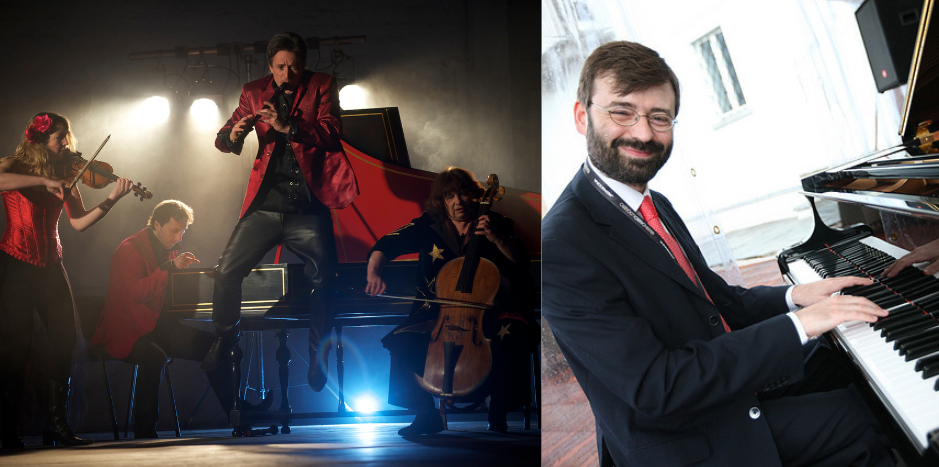In advance of the David and June Gordon lecture on March 24, we meet this year’s speaker, Professor Murdo Macdonald, FRSA, HRSA, Emeritus Professor of the History of Scottish Art, of Duncan of Jordanstone College of Art and Design, University of Dundee- and find out what makes him tick.
What drew you to study the history of art?
I went to art school, so I came to the history of art through the practice of painting. After art school I studied philosophy and psychology. I’m interested in the history of art (and the history of visual thinking in general) as part of the wider history of ideas. Burns is interesting from that perspective because he is very much a figure of the Scottish Enlightenment, writing about philosophers as well as lovers (“Smith wi’ his sympathetic feeling / An’ Reid to Common Sense appealing”). Similarly as wide-ranging was his close friend and portraitist Alexander Nasmyth who was an architect and engineer as well as an artist.
Why should we be interested in the History of Art?
Everyone is interested in images. History of art is just a way of bringing some order to that interest and refining it down into a set of images that address the large questions of life and death. History of art can help you to understand yourself, and what your place is with respect to your fellow human beings and the natural world.
Have you focused on Robert Burns because of his international appeal?
Burns does have great international appeal, and one of the statues I’ll be talking about has versions in New York, Dundee, London and Dunedin. Goethe was a great admirer, and one of the finest settings of a Burns song was by Beethoven. But I’ve focused on him simply because he is a poet and song-writer of exceptional interest, and that interest is expressed in the fine art tradition of Scotland.
Are you interested in links between other literary heroes/heroines and Scottish art?
Yes. As well as Burns I am particularly interested in James Macpherson and the extraordinary effect that his Ossian had on European artists including Blake and Turner in England and Girodet and Ingres in France. I am also interested in Macpherson’s representation of Highland women as autonomous strong characters, often both bards and warriors, and how this is taken up by artists. Burns and Macpherson opened the way for the poets, Sir Walter Scott and James Hogg, both of whom have inspired highly interesting artworks.
Does Robert Burns have as much relevance today – are artists still finding inspiration in him and his work?
Burns continues to inspire artists of the highest quality. To name a few from recent times: George Wyllie, Lys Hansen, Calum Colvin, Graham Fagen, and Kenny Hunter. I touch on that in my lecture, but it deserves a lecture in its own right.





